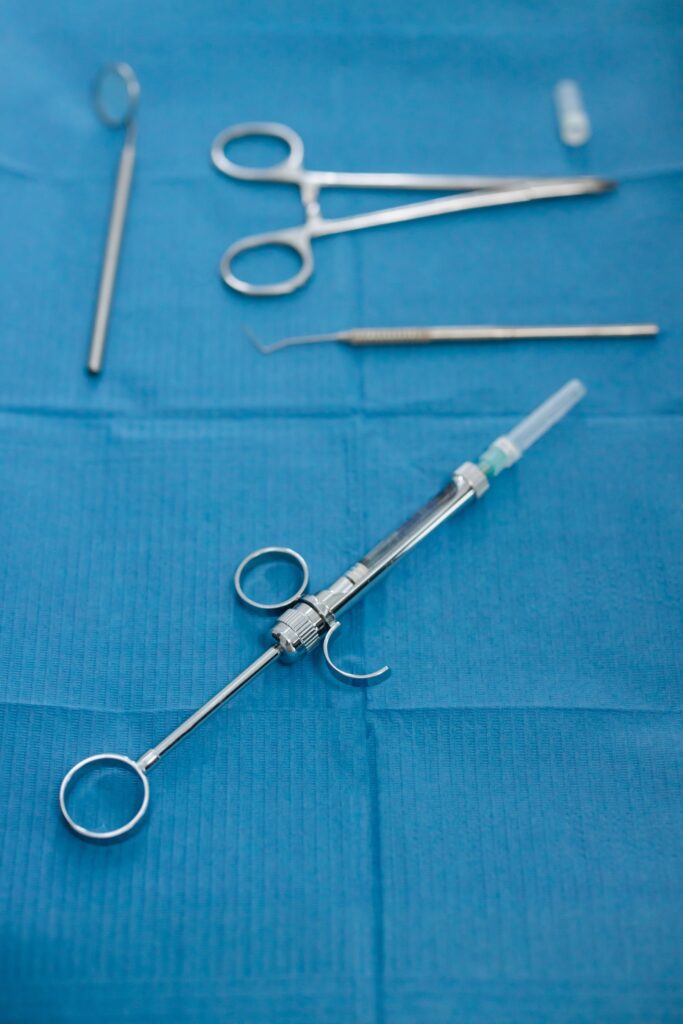
Introduction
Anesthesia is a critical component of modern medical practice, providing patients with pain relief and comfort during surgeries and medical procedures. Ensuring the safety and efficiency of anesthesia administration is of utmost importance to healthcare providers. Anesthesia professionals, including anesthesiologists and nurse anesthetists, play a pivotal role in safeguarding patients and optimizing anesthesia practices. In this blog, Dr Brian Blick will explore the key factors that contribute to patient safety and efficiency in anesthesia practice.
1. Comprehensive Preoperative Evaluation
Patient safety begins with a thorough preoperative evaluation. Before administering anesthesia, anesthesia professionals assess the patient’s medical history, current health status, allergies, medications, and any potential risk factors. This comprehensive evaluation helps tailor anesthesia techniques to individual patient needs and ensures the safest course of action.
2. Personalized Anesthesia Plans
Anesthesia is not a one-size-fits-all approach. Anesthesia professionals develop personalized anesthesia plans for each patient based on their unique characteristics and medical requirements. This tailored approach minimizes risks and optimizes patient outcomes during the medical procedure.
3. State-of-the-Art Monitoring Equipment
Efficient anesthesia practice relies on state-of-the-art monitoring equipment. Continuous monitoring of vital signs, including heart rate, blood pressure, oxygen saturation, and carbon dioxide levels, allows anesthesia professionals to respond promptly to any changes in the patient’s condition.
4. Vigilant Intraoperative Monitoring
During the medical procedure, anesthesia professionals remain vigilant in monitoring the patient’s response to anesthesia and the surgical process. Regular communication with the surgical team ensures coordinated efforts to maintain patient stability and safety throughout the procedure.
5. Constant Communication with Patients
Clear and effective communication with patients is crucial in anesthesia practice. Anesthesia professionals inform patients about the anesthesia process, address any concerns or questions, and provide reassurance to alleviate anxiety before the procedure.
6. Attention to Medication Administration
Anesthesia professionals administer medications with precision, adhering to safe dosing practices and carefully monitoring the effects. The accurate administration of anesthesia medications is vital to achieving the desired level of anesthesia while avoiding adverse reactions.
7. Postoperative Care and Monitoring
Patient safety extends beyond the medical procedure itself. After the procedure, anesthesia professionals continue to monitor the patient’s recovery and manage postoperative pain effectively. This attentive postoperative care contributes to a smoother recovery and overall patient well-being.
8. Continual Professional Development
Anesthesia professionals engage in continuous professional development to stay abreast of the latest advancements in anesthesia practice and patient safety. Continuous learning and training ensure that anesthesia practices align with current best practices and guidelines.
Conclusion
Safeguarding patients and ensuring efficiency in anesthesia practice are paramount to providing high-quality healthcare. Anesthesia professionals play a crucial role in achieving these goals by conducting comprehensive preoperative evaluations, developing personalized anesthesia plans, utilizing state-of-the-art monitoring equipment, and maintaining vigilant intraoperative monitoring. Effective communication with patients, precise medication administration, and attentive postoperative care further contribute to patient safety and well-being. Through continuous professional development, anesthesia professionals uphold the highest standards of care, advancing anesthesia practice and improving patient outcomes. As we recognize the dedication and expertise of anesthesia professionals, let us continue to prioritize patient safety and efficient anesthesia practice to provide the best possible care for all patients.